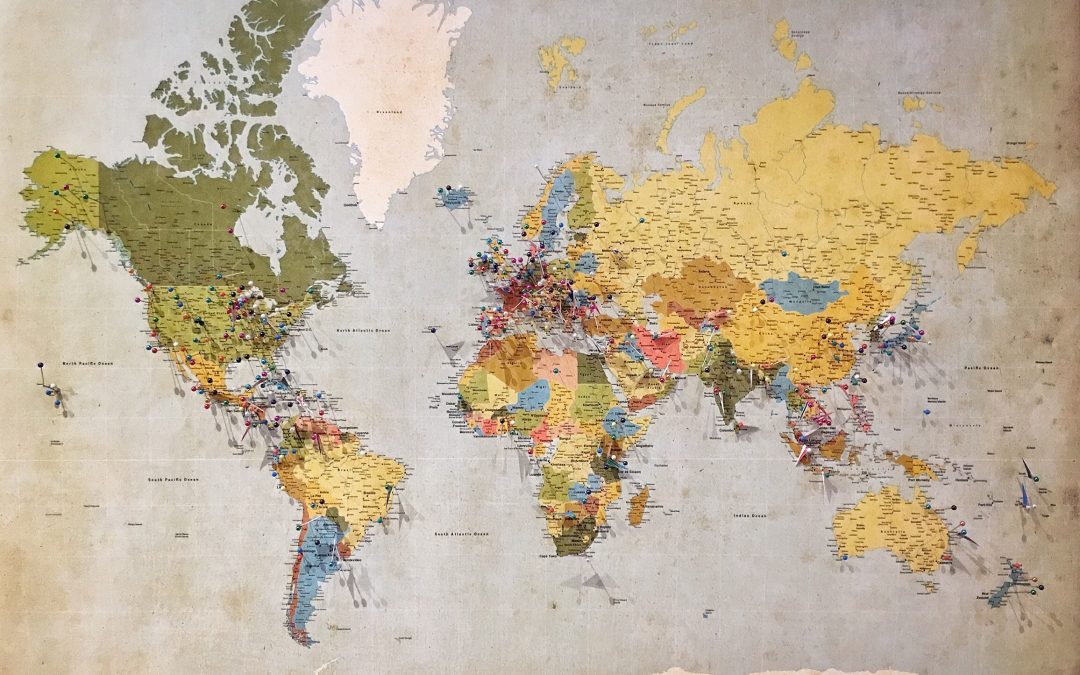Gindo Tampubolon, Lecturer in Poverty, Global Development Institute
The Monterrey consensus (2002) on financing for development recognised the importance of investment for global development; appreciating the unique resources channelled through direct investment rather than through aid alone. Through investments from foreign countries (often advanced economies), host countries (often developing economies) access necessary skills, technologies and markets in industrial economies.
For these reasons some countries have unilaterally relaxed their inward investment regimes while others have forged partnerships with other countries in bilateral or multilateral investment treaties. With such treaties host countries attract multinational corporations to bring investments, skills and technology, and conversely, to open foreign markets, achieved by enhancing terms for inward investments such as by adopting international arbitration for commercial dispute.
In practice the benefit of investment treaty on inward investment has been elusive. Two key drivers lie behind changes in inward investment. First, the last decade has witnessed investment activities by multinational corporations slowed by the global financial crisis of 2008.Second, over a much longer period, from just before the turn of the century, multinational corporations’ global investment activities have exhibited a character shift. These corporations roamed the world not only to secure market and materials but increasingly to collaborate in creating innovations.
The globalisation of innovation has picked up since the mid-1990s. With this characteristic change the technology gap between nations can act as a deterrent against inward investment. Technology gap was measured here as distance in the OECD patent space defined by three key technologies of biotechnology, informatics and green technologies. In sum, to explain inward investment we must consider treaties and technologies.
Have treaties forged after the Monterrey consensus been beneficial during the post-global financial crisis? To answer this question I assembled four sources of data: on inward investment from the International Monetary Fund database of Coordinated Direct Investment Survey (data.imf.org), on treaties from UNCTAD database of investment agreements (investmentpolicy.unctad.org), on technology or patents from the OECD patent statistics and on international trade partners from US International Trade Commission (usitc.gov/data/gravity). The period of treaties observation starts after the Monterrey conference and ends with the financial crisis: 2002 – 2008. The period of investment observation starts after the crisis and ends with the most recent data: 2009 – 2016.
To explain inward investment into host countries from foreign countries I use a workhorse model in international economics, the gravity model implemented in Poisson pseudo-maximum likelihood estimator, with country-year fixed effects to capture the effects of unilateral opening of investment. Following an emerging best practice four-year averages were used. The key predictor asks whether the home-foreign pair has an investment treaty in force in the previous period and does it matter?
Network of treaties and inward investment
Since the Monterrey consensus, investment treaties have proliferated into a network reaching around the globe (below). In the period up to the global financial crisis, UNCTAD recorded 644 new treaties were in force. Each country node is drawn with size proportionate to the number of bilateral treaties it has over the period. The network shows that some countries such as Lao (bottom left) actively concluded investment treaties during the period.

Bilateral investment treaties network (excerpt of most dense part) 2002 – 2008. Source: UNCTAD/Tampubolon
If the treaty is the key in explanation, inward investment is the result and its recent change is shown below. During the period the stock of inward investment grew from US$ 17.7 to 30.6 trillion, giving an annual compound growth rate of just above one percent.
How are investment treaty and inward investment related? On the main table the estimated effect of investment treaty on inward investment was strong and significant. All else equal, the ratio suggests 34 percent increase over each four year period in inward investment due to investment treaty. Preferential trading arrangement, on the other hand, was not significant.
In contrast, an increase in the technology gap between foreign and host countries goes with a smaller amount of inward investment by 2 percent. The estimation has accounted for unilateral opening of investment by either party (country) and each party’s other characteristics through the inclusion of host country-year and foreign country-year fixed effects, as well as common explanations such as geographical distance, contiguity, common language, colonial relations, landlocked or not, island or not.
Treaty, technology and direct investment post-global financial crisis
| Ratio coefficient
(Standard error) |
|
| Investment treaty | 1.34** |
| (0.147) | |
| Trading agreement | 1.01 |
| (0.112) | |
| Technology gap | 0.98*** |
| (0.003) | |
| N | 8922 |
* p < 0.05, ** p < 0.01, *** p < 0.001
It accords too much prescience to the Monterrey consensus to suggest that it averted the post-crisis slump in direct investment into some developing countries. The consensus did put direct investment on the global development agenda, articulating the various roles such investments can have. It follows that investment treaties were also increasing in importance. Here the analysis shows evidence that the Monterey consensus, and specifically investment treaties, did better for direct investment and thus helped in adjusting to disastrous events such as the global financial crisis which has denied developing countries of an effective means to tackle their development challenges. Given the evidence here more work should now commence to explore the design features of investment treaties that are most effective to deliver investment benefits to developing countries.
Photo by Andrew Stutesman on Unsplash
Note: This article gives the views of the author/academic featured and does not represent the views of the Global Development Institute as a whole


